Fields particle phenomenology Education University of Oxford Name Paul Frampton | Known for Model building Institutions UNC-Chapel Hill Doctoral advisor John C Taylor | |
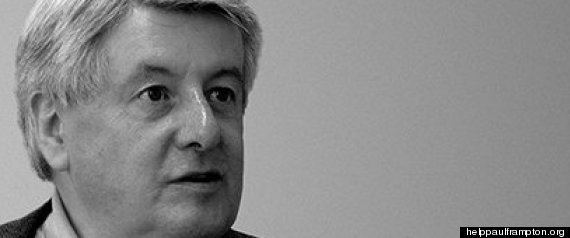 | ||
Books Gauge field theories, Did Time Begin? Will Time End? | ||
Paul frampton ceo havas media on data content ad blocking
Paul Howard Frampton (born 31 October 1943) is an English particle phenomenologist. From 1996 until 2014, he was the Louis D. Rubin, Jr. Distinguished Professor of physics and astronomy, at the University of North Carolina at Chapel Hill.
Contents
- Paul frampton ceo havas media on data content ad blocking
- Professor paul frampton convicted of drug smuggling
- Biography
- Research
- Drug smuggling conviction
- Publications
- References
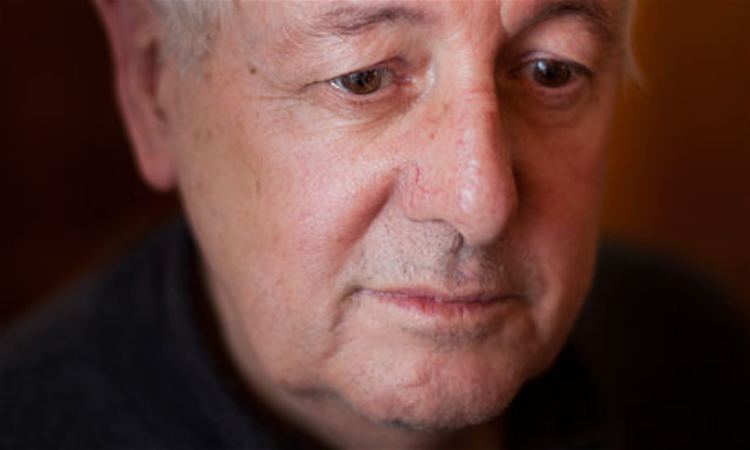
Professor paul frampton convicted of drug smuggling
Biography
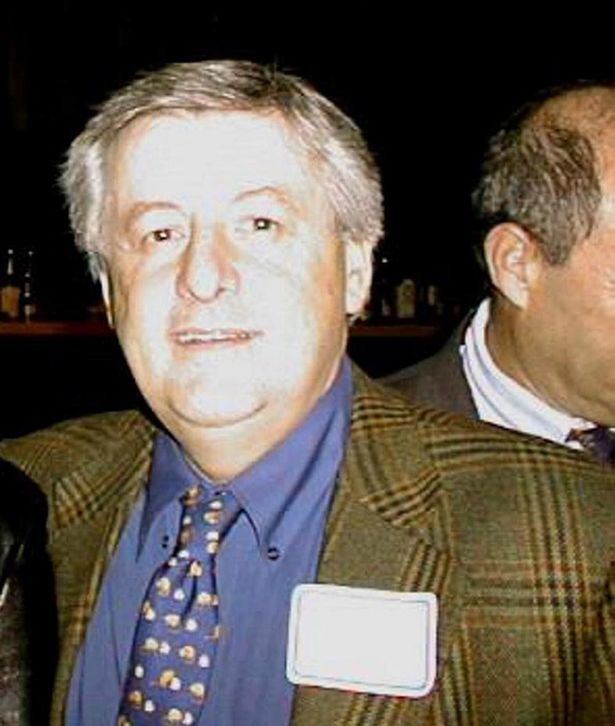
Born in Kidderminster, England, Frampton attended King Charles I School, 1954–62, then Brasenose College, Oxford, 1962–68. He received BA (Double First) in 1965, MA, DPhil in 1968, and DSc in 1984, degrees all from Oxford. He is a Fellow of the American Association for the Advancement of Science (1990) and the American Physical Society (1981). In 1987 he was the project director for siting the Superconducting Supercollider, in North Carolina. A Festschrift for his 60th birthday has been published.
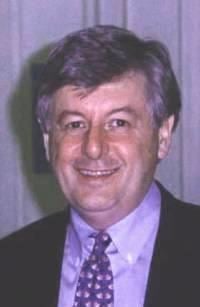
In 2012, Frampton was convicted of drug smuggling as a drugs mule in Argentina. Frampton said during the trial that he was the victim of a scam.
Research
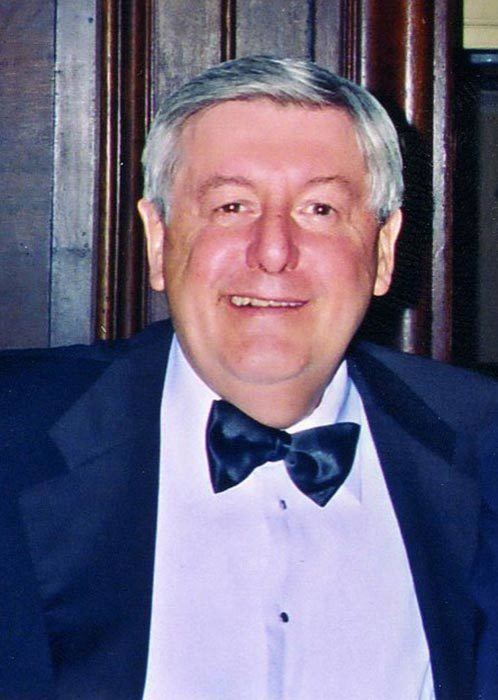
His DPhil thesis analyzed the relationship between current algebra and superconvergence sum rules, and contained a 1967 sum rule. In 1970, he analyzed the absence of ghosts in the dual resonance model.
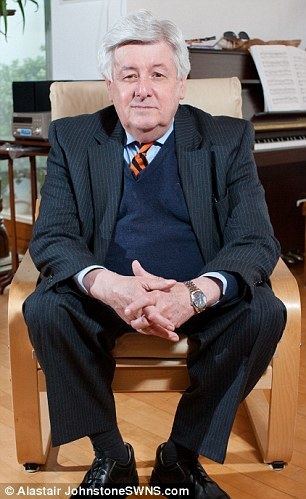
Three examples of his model building are the chiral color model, in 1987, which predicts axigluons; the 331 model, in 1992, which can explain the number of quark-lepton generations, and predicts bileptons; his proposal, in 1995, of the binary tetrahedral group as a flavor symmetry. All three serve as targets of opportunity for the Large Hadron Collider (LHC). In 2002, he built a model relating matter–antimatter asymmetry in the early universe to measurements possible on Earth. In 2015, he showed that the 331-model predicts long-lived quarks accessible to Run 2 of the LHC.

In formal directions, three examples are that he calculated, in 1976, the rate of vacuum decay in quantum field theory; in 1982, he analyzed ten-dimensional gauge field theory, and its hexagon anomaly, precursor to the first superstring revolution; in 1988, he constructed the Lagrangian which describes the dynamics of the p-adic string.
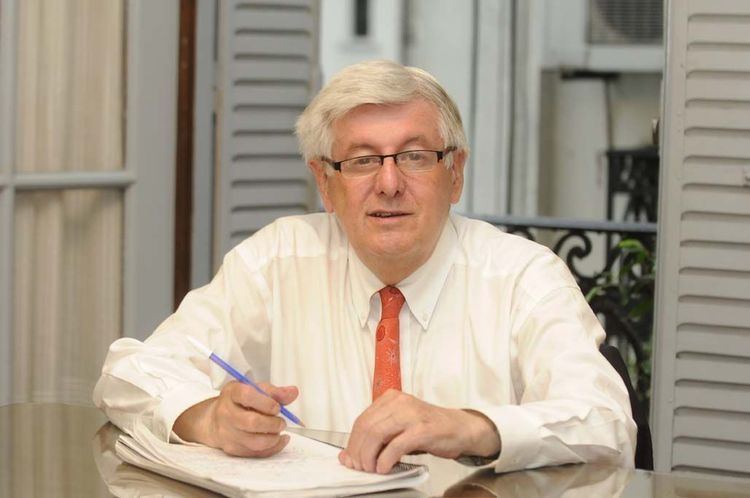
For cosmology, two examples are, in 2007, he built a cyclic model which can solve a 75-year-old entropy problem; in 2010, he discussed how dark energy may be better understood by studying temperature and entropy. In 2015, he demonstrated how cyclic entropy can lead to flat geometry without an inflationary era and estimated the time until contraction to be close to one hundred times the present age of the universe. In 2015 he also proposed a novel theory of dark matter, where the dark matter constituents are primordial black holes with many solar masses.
Drug smuggling conviction
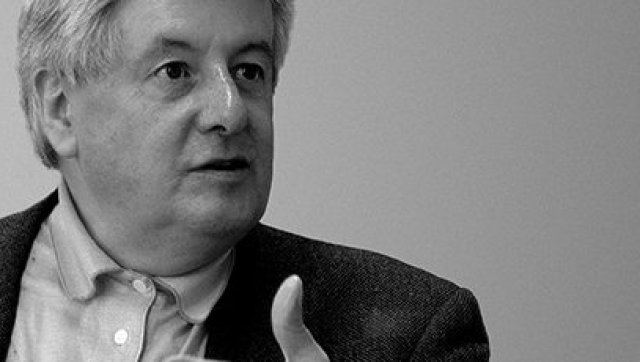
In November 2012, Frampton was convicted of drug smuggling in Argentina and sentenced to 4 years, 8 months. He said he was a victim of a scam after meeting an impostor of an internationally known model on a dating website, and that he had been tricked by gangsters into transporting two kilos of cocaine hidden in the liner fabric of a suitcase. A forensic psychologist diagnosed Frampton with schizoid personality disorder, which Frampton's attorneys argued caused him to be gullible and to have difficulty establishing social connections. The prosecutor presented what he said were text messages and emails sent by Frampton discussing the suitcase, the drugs, and their street value. Frampton's statements that the prosecutor's evidence was laughable, were translated in court as suggesting that the messages themselves had been intended as jokes.
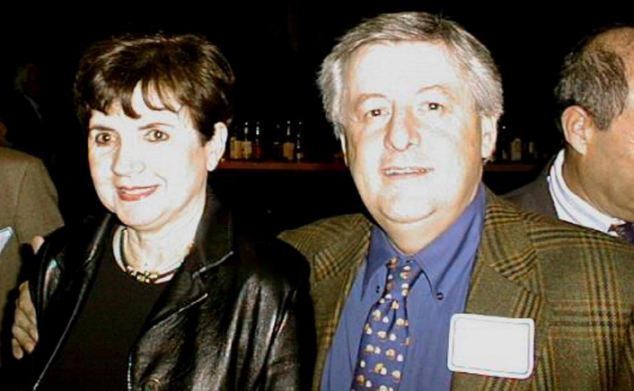
He was fired from his UNC post in 2014. On June 16, 2015 an appeals court in North Carolina unanimously ruled that his university violated its own policies by placing Frampton on unpaid leave while he awaited trial, and ordered the university to restore Frampton's back salary and benefits. Frampton's account of these events was published in 2014.
Publications
Frampton's first publication was Chirality Commutator and Vector Mesons, in 1967. He has published numerous articles on particle phenomenology. He was the author of a book on string theory, in 1974 (2nd edition1986), when it was still named the dual resonance model. In 1986, he published a book on quantum field theory (2nd edition 2000, 3rd edition 2008). A book on cyclic cosmology, for the general public, was published in 2009. He has published over 450 scientific articles.
